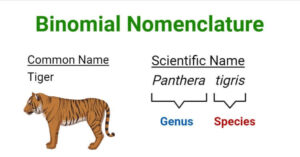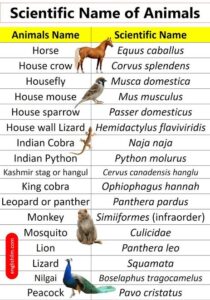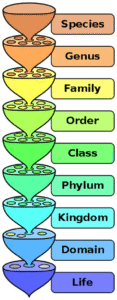Back to: MICROBIOLOGY 100 LEVEL
Welcome to class!
Hello my bright star! It’s always a joy to have you in class. You’ve been doing so well, and today’s lesson is another step into the amazing world of science. Now, have you ever wondered how scientists around the world know exactly what organism someone is talking about—whether they’re in Lagos, Nairobi, or Tokyo? That’s where binomial nomenclature comes in. It’s a simple and powerful way of naming living organisms so everyone, everywhere, can understand exactly what’s being referred to. Let’s learn about it together!
Binomial Nomenclature And Rules Of Naming
What is Binomial Nomenclature?
Let’s start with something close to home. In Nigeria, one person can have many names—imagine someone named Adewale might be called Wale, Ade, or even Dee by friends. Now, if you walked into a classroom with five people all called Wale, how would you know who is who? Confusing, right?

That’s exactly the problem scientists faced with naming organisms. So, a Swedish scientist named Carl Linnaeus came up with a system in the 1700s that gave every living thing two names—a system called binomial nomenclature (which means “two-name naming”).
Each organism’s name has two parts:
Genus name – This tells you the group the organism belongs to. It is always capitalised.
Species name – This tells you the exact kind of organism. It is not capitalised.
Both names are usually written in Latin or Latinised words and are either underlined (when handwritten) or italicised (when typed).
For example:
Homo sapiens — That’s the scientific name for humans. “Homo” is the genus, “sapiens” is the species.
Escherichia coli — A common bacterium in the human gut. “Escherichia” is the genus, “coli” is the species.
This system is universal—it doesn’t matter if you’re in Abuja, Accra, or Amsterdam, the name Homo sapiens will always mean humans.
Rules of Naming Organisms
There are some clear rules scientists follow when using binomial nomenclature:
The name must be in two parts — Genus and species.

The Genus starts with a capital letter, and the species starts with a small letter.
Names must be in Latin or latinised, regardless of the language of the scientist.
Italicise the name when typing, and underline it when writing by hand.
No two organisms can have the exact same name.

These rules are set and followed by an international body, the International Code of Nomenclature, to keep things standard across the globe.
Summary
- Binomial nomenclature is a two-name system used to scientifically name living things.
- It was developed by Carl Linnaeus.
- The first name (genus) is capitalised; the second (species) is not.
- Names are in Latin, italicised (or underlined), and follow international rules.
Evaluation
- What does binomial nomenclature mean?
- Who developed the binomial naming system?
- Write the scientific name for humans correctly.
- List two rules of naming organisms using binomial nomenclature.
Understanding how organisms are named makes you part of the global science community. Keep going—Afrilearn believes in your greatness. You’re well on your way to making big discoveries. See you in the next lesson, champ!
